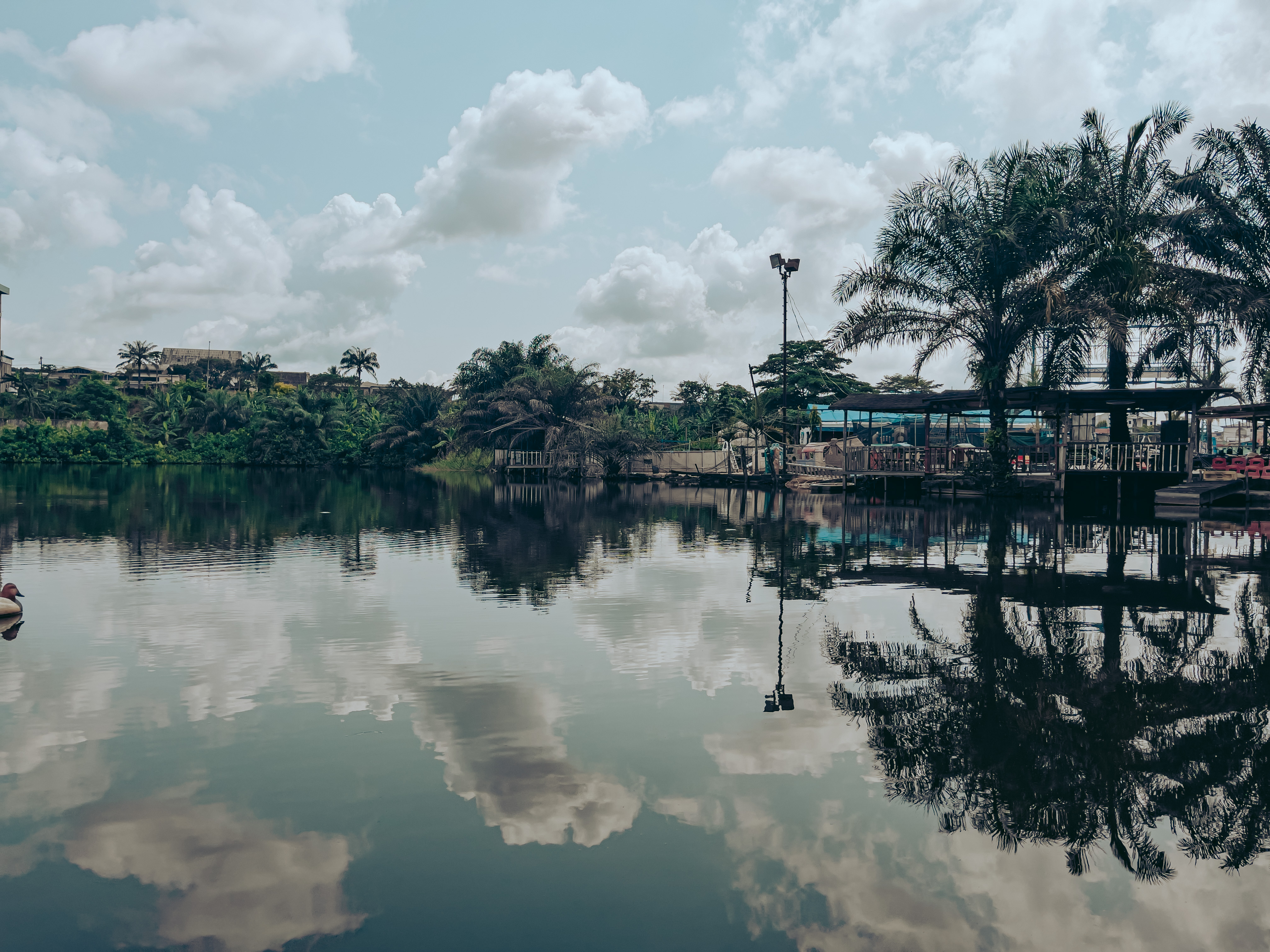|
Marcel Essombé
Marcel Josué Essombé (born 6 May 1988) is a Cameroonian professional association football, footballer who plays as a striker (association football), striker for French club Pacy Vallée-d'Eure. Career Club Essombé was born in Douala. He started his career in the reserve team at FC Sochaux-Montbéliard and scored 6 goals in 13 appearances in the Championnat de France amateur (CFA) between 2006 and 2008. Essombé joined CFA Group B club Jura Sud Lavans, Jura Sud in the summer of 2008 and made his debut on 27 August, coming on as a substitute for Nicolas Stevanovic in the 0–2 defeat away at FC Villefranche. Essombé scored his first goal for Jura Sud in the following match, a 2–0 win against AS Monaco, Monaco B. He went on to score 10 league goals in the 2008–09 season, including the winner in the 2–1 victory over Sporting Toulon Var on 15 April. On 11 June 2009, Essombé signed for Championnat National side Pacy Vallée-d'Eure, Pacy-sur-Eure. He scored on his debut fo ... [...More Info...] [...Related Items...] OR: [Wikipedia] [Google] [Baidu] |
Douala
Douala is the largest city in Cameroon and its economic capital. It is also the capital of Cameroon's Littoral Region (Cameroon), Littoral Region. Home to Central Africa's largest port and its major international airport, Douala International Airport (DLA), it is the commercial and economic capital of Cameroon and the entire Economic Community of Central African States, CEMAC region comprising Gabon, Congo, Chad, Equatorial Guinea, Central African Republic and Cameroon. Consequently, it handles most of the country's major exports, such as Petroleum, oil, Cocoa bean, cocoa and coffee, timber, metals and fruits. , the city and its surrounding area had an estimated population of 5,768,400. The city sits on the estuary of Wouri River and its climate is tropical. History The first Europeans to visit the area were the Portuguese people, Portuguese in about 1472. At the time, the estuary of Wouri River was known as the Rio dos Camarões (Shrimp River). By 1650, it had become the site ... [...More Info...] [...Related Items...] OR: [Wikipedia] [Google] [Baidu] |
